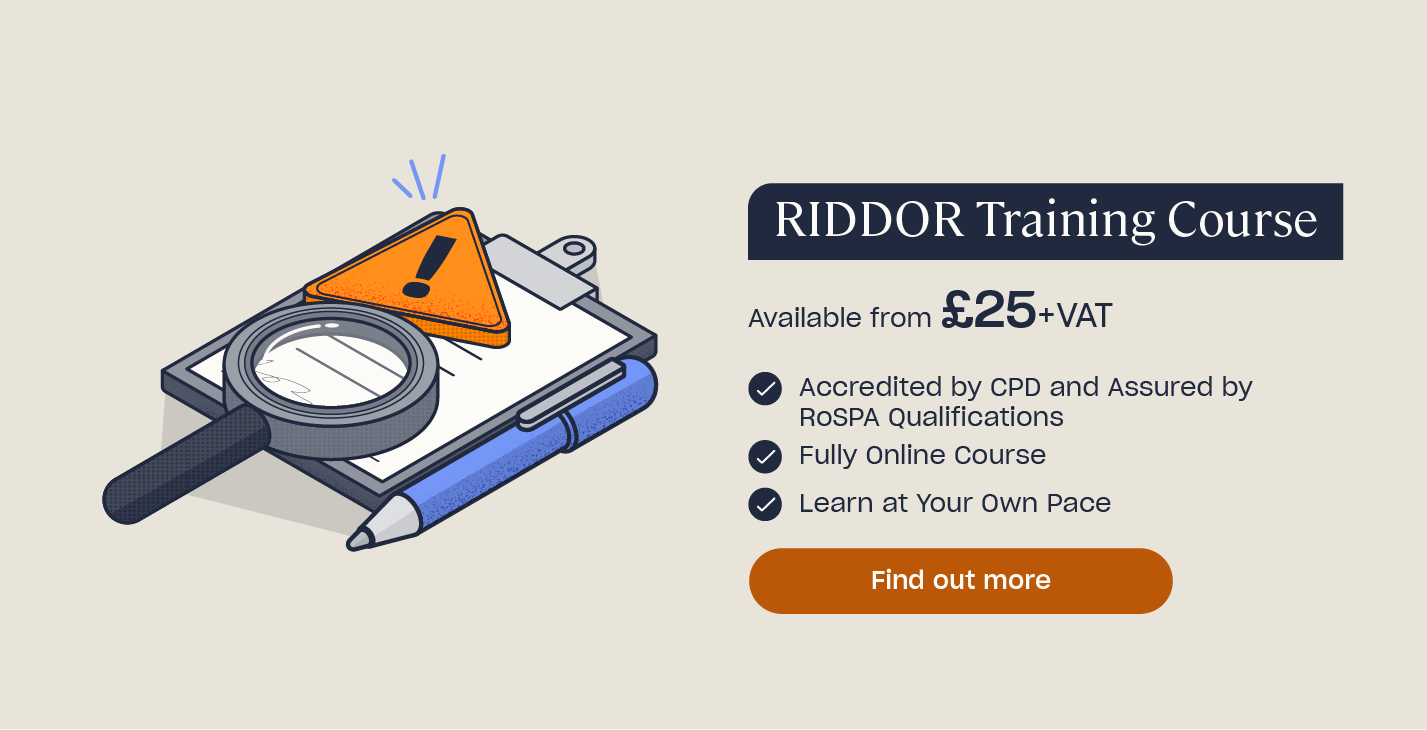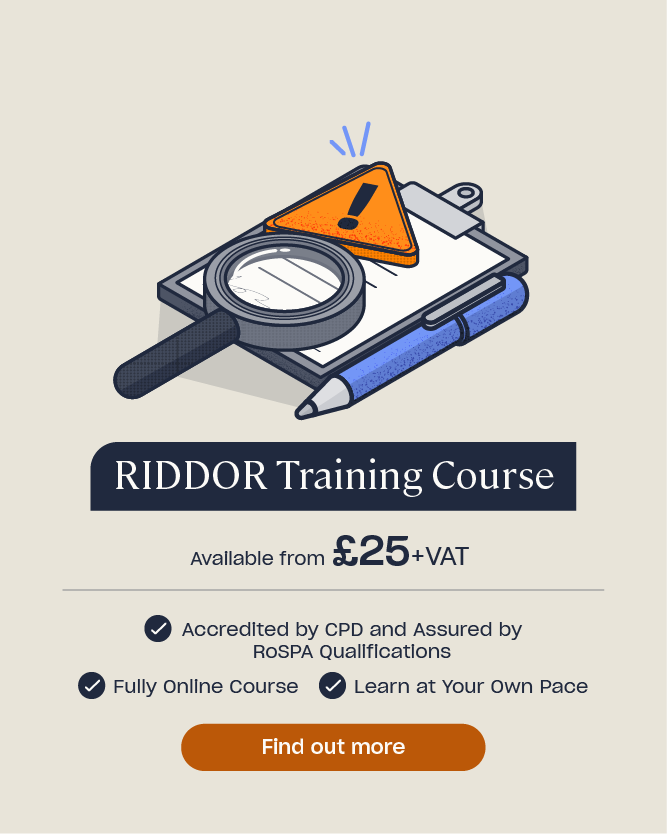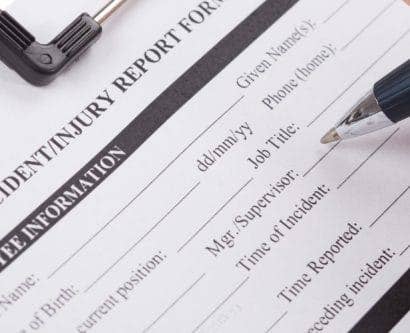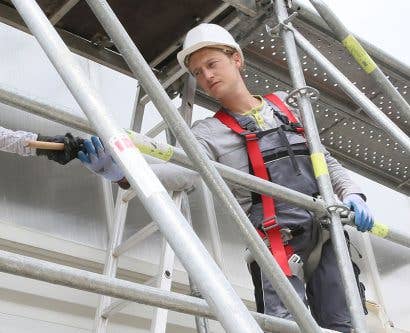How to Protect Your Workplace from These RIDDOR Incidents
In the instance that someone suffers from an accident, develops an illness, or encounters a near miss at work, reporting it to the relevant authorities is a legal requirement. Under the Reporting of Injuries, Diseases, and Dangerous Occurrences Regulations 2013 (RIDDOR), it is employers’ and other duty holders’ responsibility to file a RIDDOR report immediately.
As an employee, if you experience a work-related accident/illness or witness a dangerous occurrence, you must inform your line manager so that it can be reported swiftly.
Why is Reporting to RIDDOR Important?

Reporting to RIDDOR enables the relevant enforcing authorities to identify where and how risks arise, and in turn allows them to fully investigate the situation. There is a cause behind every accident, a trigger for every illness, and a reason for every dangerous occurrence.
Thus, if you experience an accident, illness, or a dangerous occurrence at work and report it to the correct authorities, they will be fully prepared to find the root of the issue. Even more importantly, it’s a stepping stone towards establishing a safer workplace and protecting others’ wellbeing – you’ll be able to identify where the dangers in your premises lie and implement safety measures accordingly to protect people from harm.
Need a Course?
Our RIDDOR Training provides a thorough introduction to RIDDOR legislation, explaining why incidents must be reported, which incidents need to be reported and how to submit a report online, by phone or in writing. We also offer Accident and Incident Investigation Training which is suitable for all managers and supervisors who are responsible for implementing and monitoring risk control measures at work.
What Should be Reported to RIDDOR?
The work-related incidents that should be reported to RIDDOR are specified fatal and non-fatal injuries, occupational diseases, dangerous occurrences (often referred to as ‘near misses’), and certain incidents involving gases. There are some that are not reportable, such as traffic road accidents and those involving members of the armed forces.
Reportable injuries include:
- Fractures – not including fingers, thumbs, and toes.
- Amputations – whether it be an arm, hand, finger, thumb, leg, foot, or toe.
- Dislocations – includes shoulders, hips, knees, or the spine.
- Loss of/damage to sight – both temporary and permanent loss/reduction/damage.
- Burns – if it covers more than 10% of the whole body or causes significant damage to eyes, respiratory system, or other vital organs.
- Scalping – the traumatic separation or peeling of skin from the head due to an accident, e.g. if hair were to become entangled in machinery.
- Crushing – whether it be to the head or torso, causing damage to the brain, bones, or internal organs.
- Loss of consciousness – caused by asphyxia, a head injury, or exposure to a harmful substance or biological agent.
- Electric shocks – specifically those that lead to unconsciousness or require resuscitation or admittance to hospital for over 24 hours.
- Any other injury arising from working in an enclosed space – leading to hypothermia, head-induced illness/unconsciousness, or requiring resuscitation/admittance to hospital.
Reportable illnesses include:
- Occupational asthma – this is usually onset when the person’s work involves regular exposure to a respiratory irritant, particularly if they already suffer from asthma.
- Tendonitis or tenosynovitis – this affects the hand or forearm as a result of physically-demanding activities that involve repetitive movements.
- Hand Arm Vibrating Syndrome – this is caused when the person’s work involves regular use of percussive or vibrating tools and other processes involving vibration.
- Occupational dermatitis – typically caused when the person’s skin is frequently exposed to a known skin irritant while at work.
- Cramp of the hand or forearm – if the person’s work involves prolonged periods of repetitive movement of fingers, hands, or arms, they may experience severe cramping.
- Carpal Tunnel Syndrome – this may occur when the person’s work involves regular use of percussive or vibrating tools, caused by compression of the median nerve.
Reportable dangerous occurrences include:
- The collapse, overturning, or failure of the load-bearing parts of lifts or lifting equipment.
- The explosion, collapse, or bursting of a closed vessel or associated pipework.
- The failure of a freight container in any of its load-bearing parts.
- Plant or equipment coming into contact with overhead power lines.
- Accidental release of a biological agent with the potential to cause severe human illness.
- The malfunction of breathing apparatus while in use or during testing before use.
- Unintended collision of a train with any vehicle.
- The collapse, or partial collapse, of a scaffold over five meters high or erected near water.
What Incidents are Most Commonly Reported to RIDDOR?
There are numerous kinds of accidents, illnesses, and near misses that RIDDOR record every year. However, it’s important to note that while the authorities are notified about almost all relevant fatal workplace injuries, non-fatal injuries are unfortunately greatly under-reported, so the statistics presented every year may not be wholly representative of the actual amount. Regardless, the numbers are high across the board of work-related incidents and are a cause for concern.
In 2022/23, the most commonly reported (non-fatal) incidents (totalled from various industries’ statistics) were:
- Slips, trips, and falls: 32%.
- Injured while handling, lifting or carrying: 17%.
- Struck by moving object: 11%.
- Acts of violence: 8%.
- Falls from a height: 8%.
- Strike against something fixed or stationary: 4%.
- Contact with moving machinery: 4%.
- Struck by moving vehicle: 2%.
Although there are no recorded statistics of this nature for occupational illnesses, the Health and Safety Executive states that in 2022/23 there were around 672,000 reported new cases of various work-related illnesses.

How do I protect my workplace from these RIDDOR injuries, diseases, and dangerous occurrences?
The vast range of industries and their specific work activities means that there is also a broad scope of risks and it’s impossible to say for certain what dangers will be present in your workplace. Likewise, technology is subject to faults so it’s simply a matter of ensuring that you are vigilant and take the necessary steps for keeping your equipment free from errors and safe for use.
However, there are plenty of practices that will help you identify the risks and hazards at work that could lead to these incidents. As an employer, and even as an employee, you have the power and responsibility to take extra care whilst in the workplace and protect people’s wellbeing.
-
- Carry out a risk assessment to determine where health and safety measures need to be improved.
- Keep a detailed record of all accidents in your accident book. Review it while carrying out your risk assessment to determine what areas of work are likely to cause harm.
- Educate yourself about good health and safety practices, as well as the procedures and knowledge required for reporting to RIDDOR.
With these practices, as well as an awareness of what RIDDOR requires from employers, you will be fully prepared to effectively manage health and safety at work.
Further Resources:
- Promoting a Positive Health and Safety Culture: A Guide for Managers
- RIDDOR: How to Report an Incident or Accident at Work
- Slips, Trips and Falls Quiz
- What is RIDDOR & Why is it Important?
- RIDDOR Training











